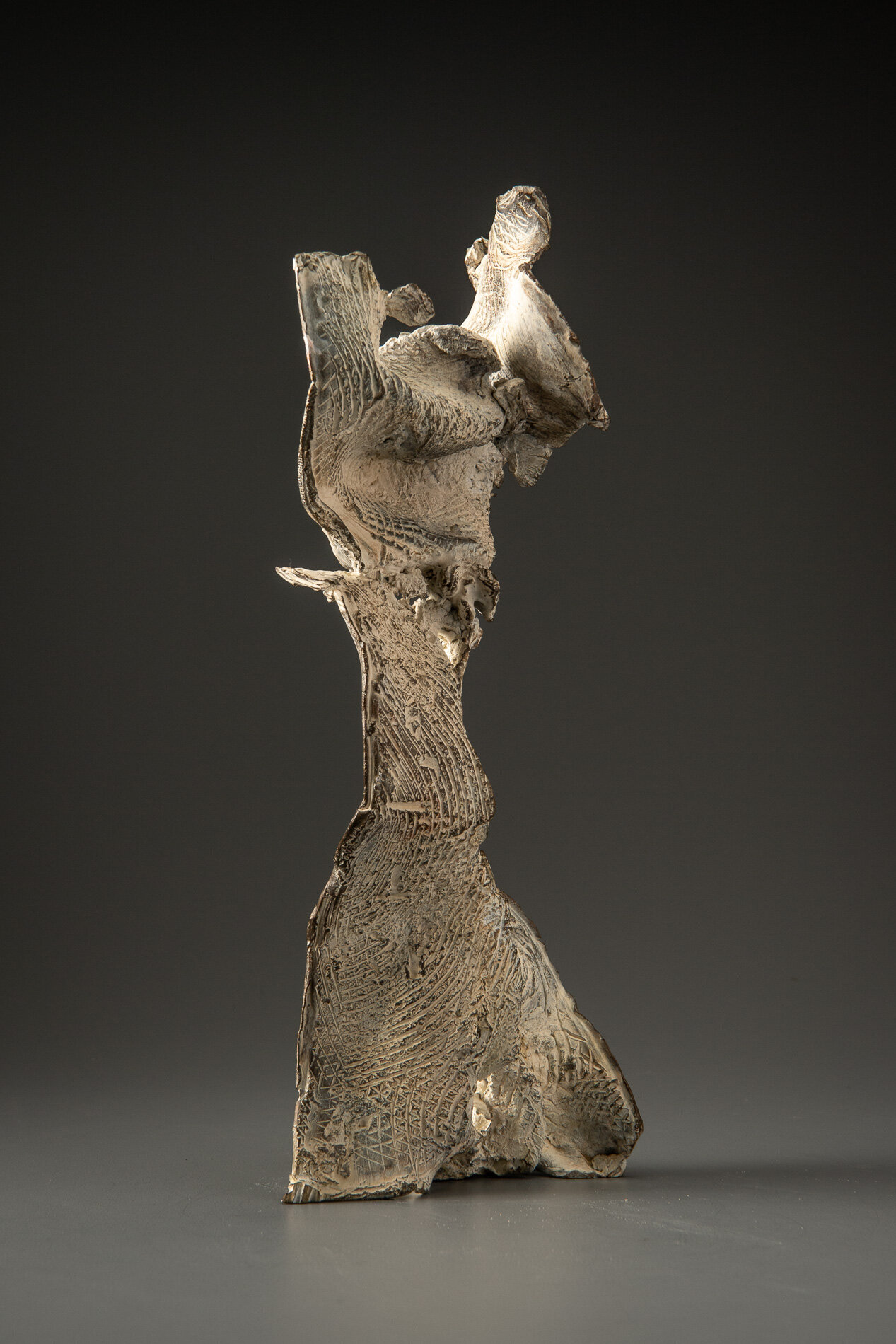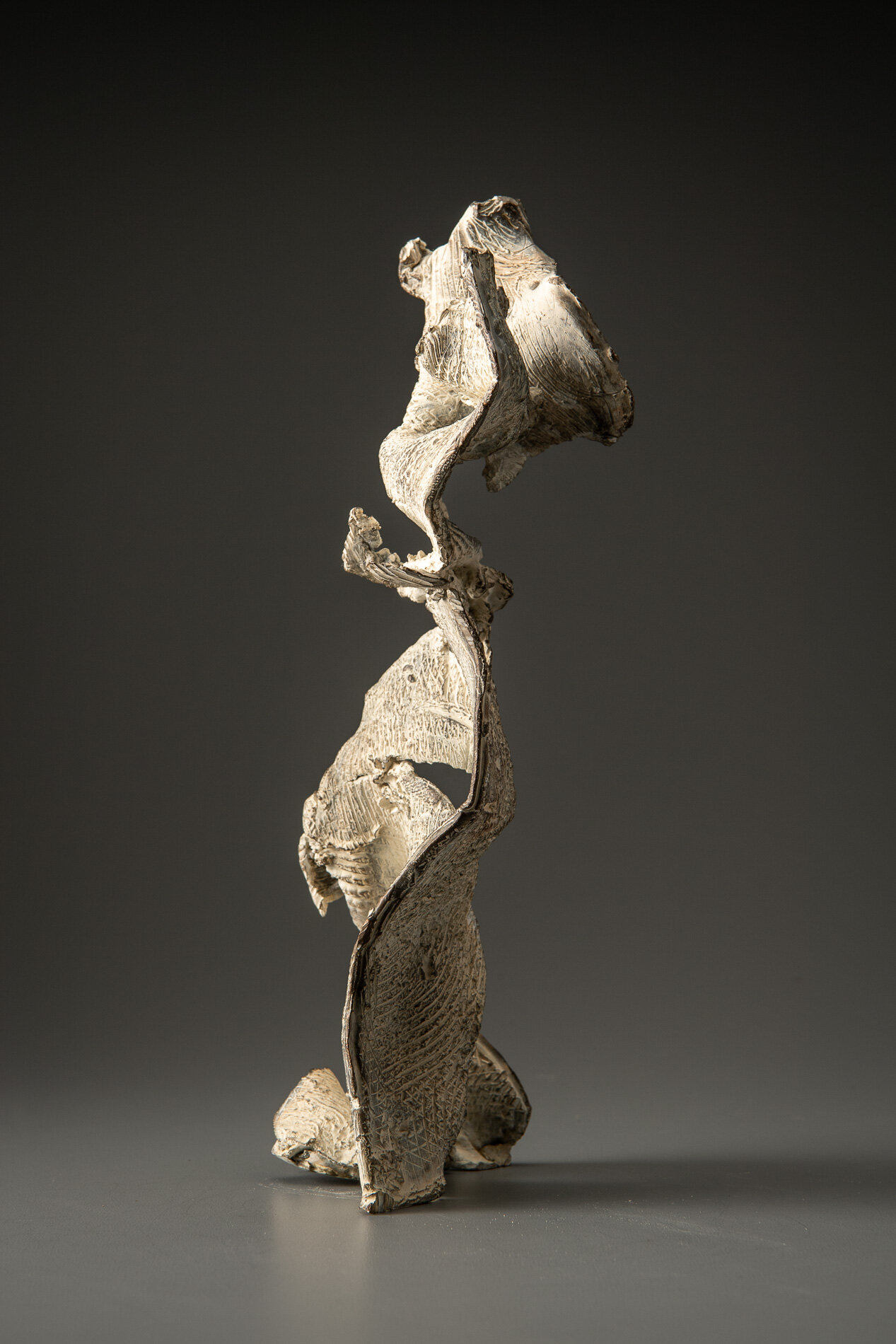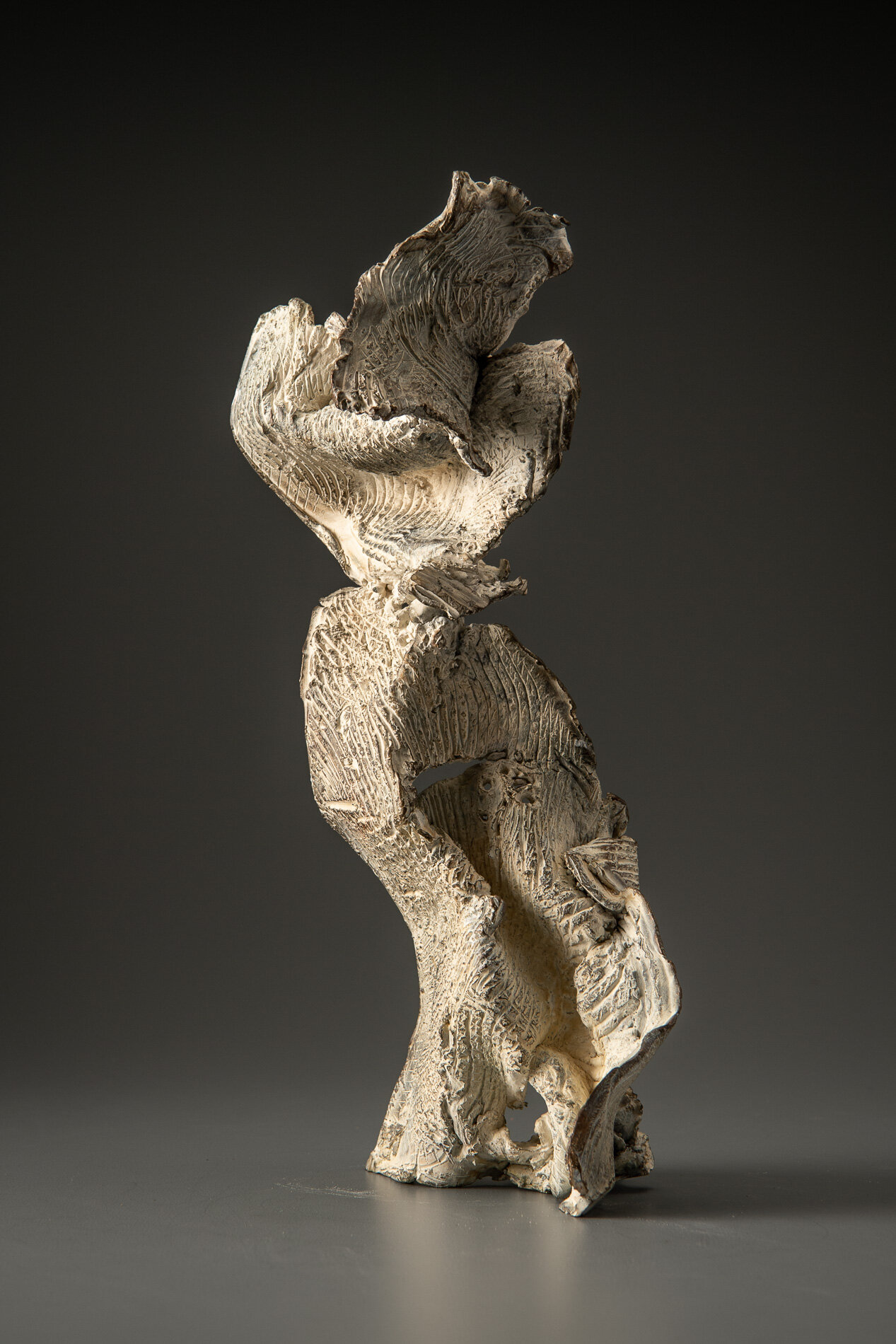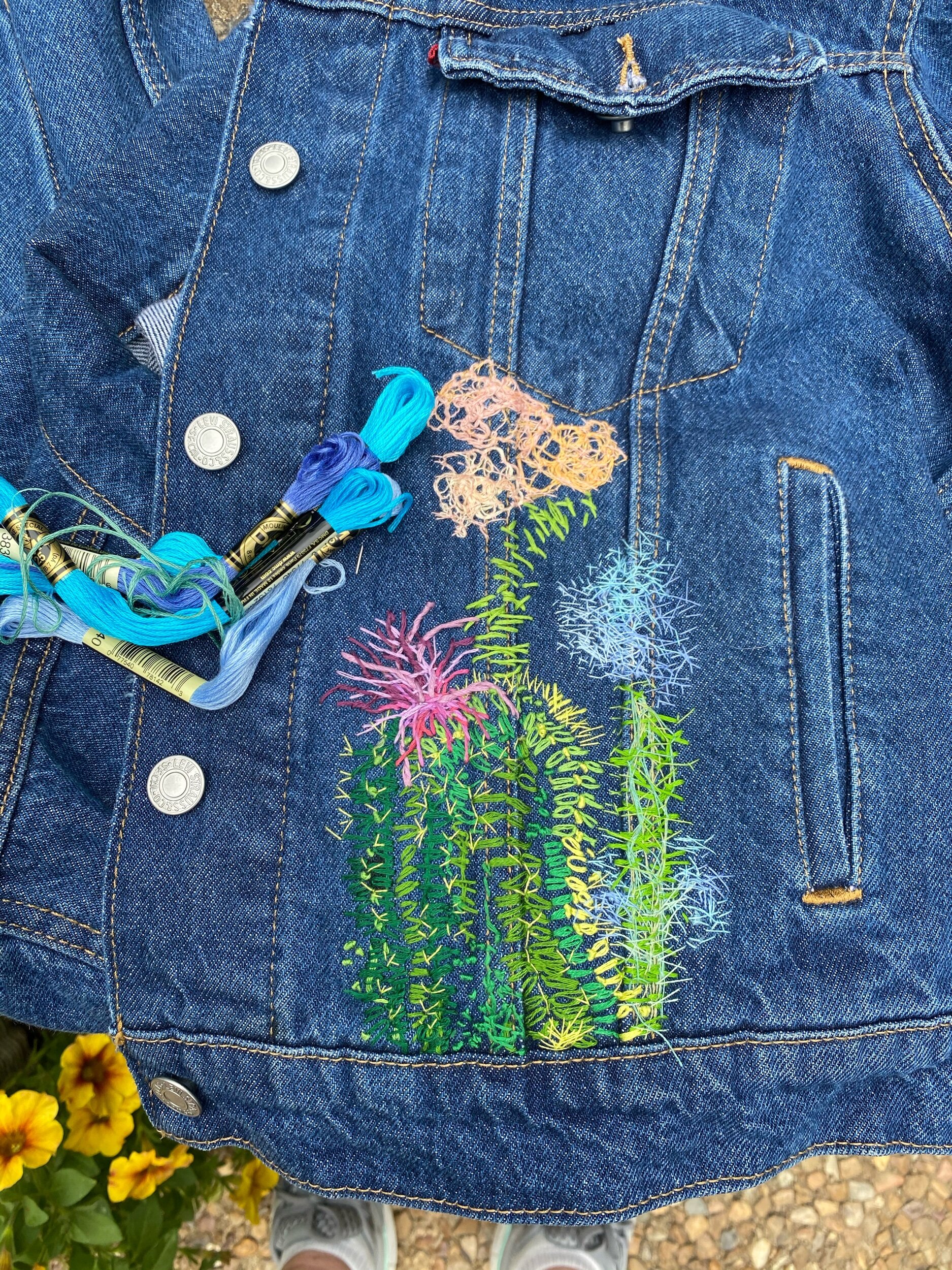I started this piece 1 1/2 years ago but neglected to have it photographed until this week. Seeing it through the photographer’s eye, it has an additional layer of meaning in 8/2020.
Originally it was a maquette for a memorial piece. We ended up going a different path for the memoriam. Personally I was happy this piece emerged from the event and cast it in bronze. It resonates with me because years ago I became fascinated, completely sucked in by modern neurology. Neurology was my obsession. I read everything a Mom could get her hands on. My favorite was Phantoms in the Brain by V. S. Ramachandran. The brain is amazing and especially since neurologists have learned that it is plastic and is changed with everything you do, everything you tell yourself or others tell you changes your brain. This knowledge is what gives every human a chance for hope. Dreaming is the first step, and self-talk is hugely important. You can control how you see the world, and how you see yourself, “fake it until you make it works“. What you think you will become”.
The additional layer - living through a pandemic is choosing how one reacts to stressful and depressing situations. Humans choose how we react and how we see. “what you think you will become”. The texture of the piece is composed of repetitive arched lines, they are mirrored in the profiles/contours of the work. It is an abstract sculpture but I clearly read “what we think we become”. What we look for we will find, 8/2020 is a good time to control your thoughts and look for the light. If you look for it you will find it.
“what you think you become”
bronze
12” X 4” X 3”




























































































